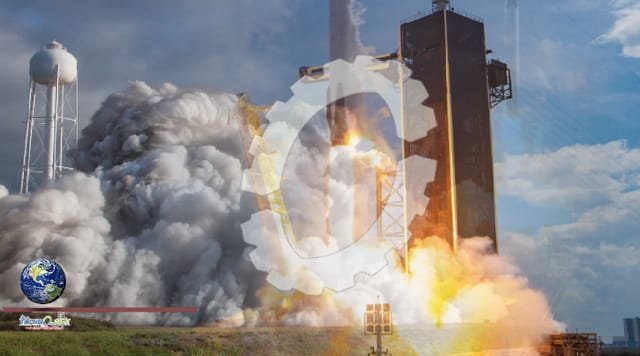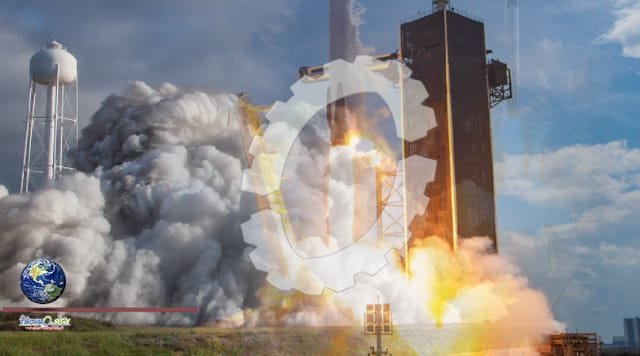A Falcon 9 rocket successfully completed its static fire test at Vandenberg Space Force Base, clearing the way for a second top-secret spacecraft launch aboard the same booster this year.

SpaceX announced on Twitter on Tuesday that crews had completed the static fire test of the two-stage rocket, a key step before the countdown can begin.
With that and other chores done, liftoff is planned for 6:41 a.m. April 15 from Space Launch Complex-4 on South Base and reportedly won’t occur after 7:25 a.m.
The rocket will carry a National Reconnaissance Office payload into space for a mission dubbed NROL-85.
Typically, the nation’s spy satellite agency doesn’t release its actual launch windows as a measure to protect the purpose of the mission.
The first-stage booster flying this mission previously carried another NRO payload into space after launching from Vandenberg on Feb. 2.
For Friday’s launch, SpaceX again intends to land the first-stage at Vandenberg, just west of where the rocket will launch.
A return to the launch site is likely to produce sonic booms that may be heard in Santa Barbara, San Luis Obispo and Ventura counties as the vehicle breaks the sound barrier en route back to Vandenberg.
Sonic booms stem from the shock waves created by an aircraft or launch vehicle traveling faster than the speed of sound. Sonic booms have been likened to an explosion or a clap of thunder, but sound at various locations can depend on weather conditions and other factors.
Vandenberg has restricted access, but several locations around the Lompoc Valley provide views of the launch and landing sites, which are south of West Ocean Avenue (Highway 246).
These locations include west of Lompoc, the peak of Harris Grade Road and near the intersection of Mooglow and Stardust roads. Providence Landing Park, at 699 Mercury Ave., also is a popular gathering spot.
Reuse of the rocket’s first stage has allowed for two NRO missions within a relatively short time frame.
“While the NRO has a 60-year history of working closely with industry and academia, we are redoubling our efforts to leverage the speed and affordability of the commercial space industry,” NRO director Christopher Scolese told the House Armed Services Committee’s Subcommittee on Strategic Forces.
His comments occurred during an April 6 hearing on “Fiscal Year 2023 National Security Space Programs.”
“On April 15, the NRO will be launching the NROL-85 mission from Vandenberg Space Force Base aboard the same SpaceX Falcon 9 rocket booster that successfully flew our NROL-87 mission into orbit just eight weeks ago,” Scolese added.
The agency isn’t just looking to commercial companies for rides to space but also seeking satellite data from them.
“The commercial sector presents incredible opportunities to do more and do it faster,” Scolese said. “We don’t just want it, we need it. It’s part of our architecture, offering capability from launch to production systems, applicable processes, and data.”
NRO has already awarded multiple commercial contracts that continue to provide more than 75,000 images weekly for intelligence, national security and civil missions.
In January, NRO awarded five contracts for commercial radar capabilities, with a Santa Barbara-based Umbra, among the recipients.
Over the last two years, the NRO has had nine launches with 17 payloads successfully at various launch sites.
“As we work to proliferate our architecture the NRO is leveraging commercial technologies and delivering systems in as little as 18 months, and those systems are returning immediate dividends providing awareness in real world crisis events,” Scolese said
source: This news is originally published by noozhawk
